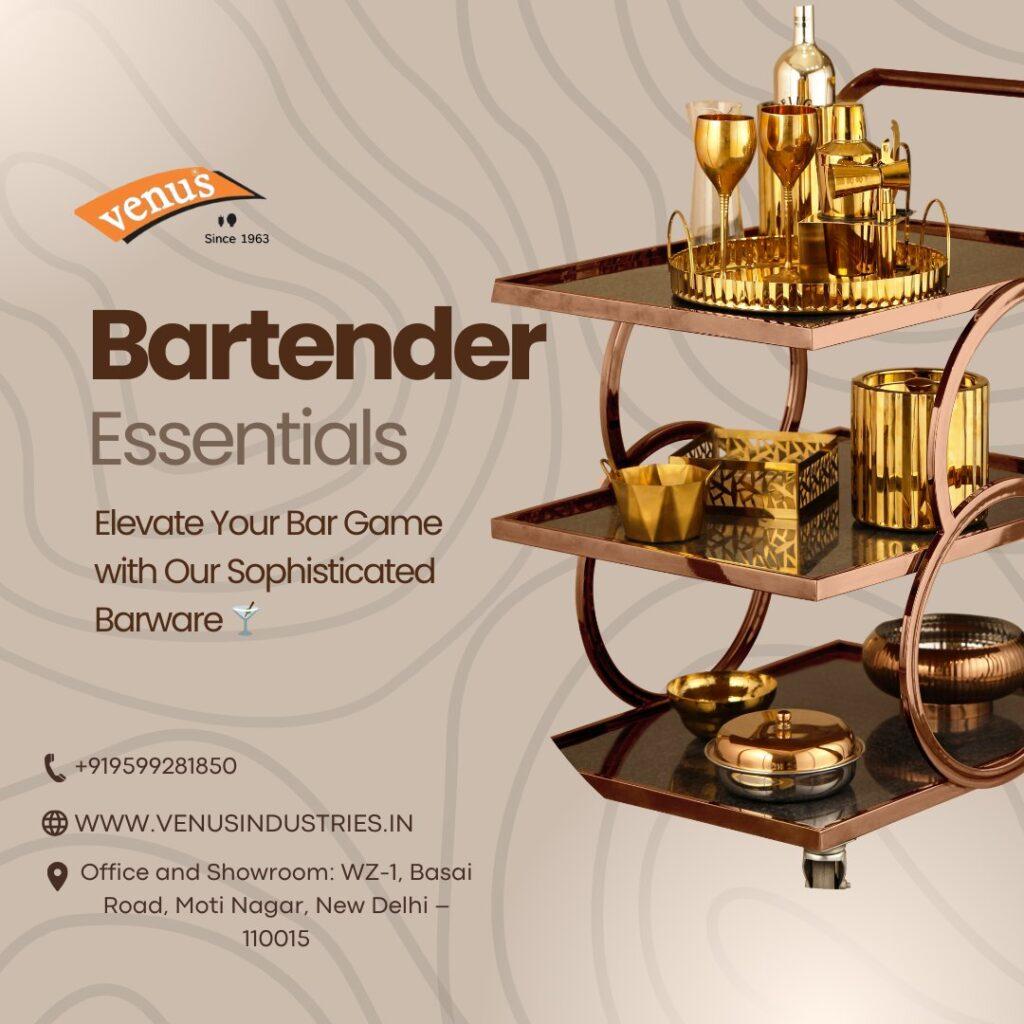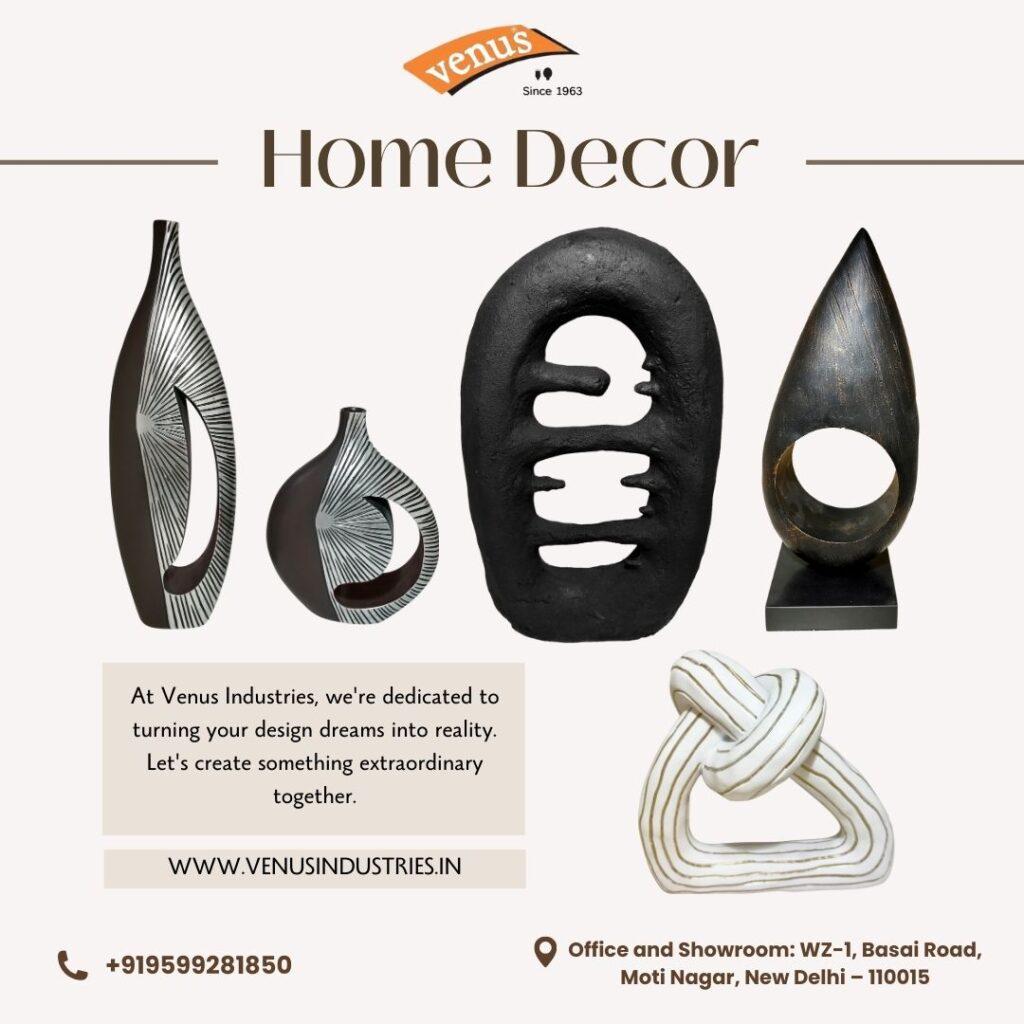Whether you’re a seasoned home chef or someone embarking on your culinary journey for the first time, a high-quality kitchen knife set is an indispensable investment worth making. With hundreds of styles available today, settling on the ideal set of blades for your needs and budget can be an overwhelming prospect. With this buyer’s guide, you’ll gain insider knowledge on picking the perfect kitchen knife set—whether gifting one or upgrading your own meal prep arsenal of cutlery.
Before starting your search, it’s essential to understand the functions and strengths of various knife types that you may encounter. Here’s a quick primer on the key cutlery kitchen knives and their purpose.
Chef’s knife: Is the versatile workhorse for chopping, slicing, and mincing vegetables, meat, fruits etc. An 8-inch chef’s knife suits most home cooks but consider a 6 or 10-inch blade if you have smaller or larger hands respectively.
Santoku knife: Also an all-purpose knife yet with a flatter blade and straighter edge specialized for precise cutting, slicing, and dicing. Great for mincing garlic, onions etc.
Utility/paring knife: Shorter versatile blades between 4 to 6 inches are perfect for tasks like peeling apples, cutting smaller vegetables, hulling strawberries or intricate garnishing/carving work.
Serrated knife: Its signature zig-zag teeth edge effortlessly cuts through crusty bread, sandwiches, tomatoes and delicate cake layers without squashing them. Opt for an offset handle for knuckle clearance.
Carving knife: Designed to carve thin, even slices of roast meat and poultry like turkey, chicken, ham or prime ribs. Features long narrow blades of 8 to 15 inches. Granton-edge knives add slicing convenience.
Boning knife: Flexible thin blades useful in separating meat, fish or poultry from bones cleanly and seamlessly. The tip must be narrow, sharp yet durable.
Bread knife: A must for crusty artisanal loaves and delicate cakes. Its long serrated blade saws through thick or thin without tearing bread slices apart messily.
Key Considerations for Picking Knife Sets
Number of knives required
Instead of a jumbo set with a dozen odd knives, go for a minimalist honed down set that has all your essential bases covered. An ideal starter set includes a 8-10 inch chef’s knife, 6-inch utility knife, 3-4 inch paring knife, 5-8 inch serrated bread knife and a 6-8 inch carving knife. You can build your collection from there if needed.
Size & grip
Pay attention to the handle size and grip shape. The knives should fit naturally and securely in your palms without slippery sensations or finger fatigue. If you have small hands or struggle with holding heavier knives, a lightweight set enhances control. People facing hand pain from arthritis or injuries should consider gentle curving grip styles like those in ergonomic sets.
Blade material
High carbon German steel and stainless steel alloy blades remain super sharp for long, coping well with heavy, continuous usage too. Japanese blades have a legendary reputation for unparalleled sharpness and precision cutting. Forged blades stringently made from a single steel sheet also promise durability. Coated blades add corrosion and rust resistance. Forsake low quality stainless steel blades that dull easily.
Heft & balance
A well balanced set feels sturdy in your hand but shouldn’t feel overly light or heavy during usage. Heftier German steel blades add robustness and rigidity while lighter Japanese blades enable swiftness. If cooking elaborate meals frequently, a heavier knife provides confidence inspiring stability. Those prepping quick weeknight meals and hard pressed for time may prefer agile lighter sets. Gauge your usage and preference accordingly.
Storage convenience
Consider sets bundled with a space saving Acacia block, sleek bamboo holder or protective fabric sheaths for safely storing knives. This prevents scratched blades, dulled edges or cluttered kitchen drawers hunting for different knives. For compact, small kitchens, a wall mounted magnetic strip or countertop mounted knife holders are also excellent space saving options.
Maintenance factors
Don’t underestimate the criticality of knife maintenance for peak performance. Washing knives frequently, hand drying thoroughly, honing before each use and regular sharpening all combine to significantly extend a knife’s lifespan. Some knife sets include honing steels and sharpeners for added convenience.
Choosing the Right Knife for Your Cooking Style
An often overlooked factor when selecting knife sets for cutlery is how it aligns with your innate cooking style and typical meal preparation. For instance, if you frequently tackle intricate tasks like deboning chicken, filleting fish or decorative fruit carving, a flexible narrow boning knife and sharp paring knife are handy additions.
Barbecue enthusiasts would benefit from having a strong 10-12 inch slicing and carving knife. This ably cuts generous rib and brisket slices for serving guests.
For fast paced cooks multi-tasking elaborate meals, a lightweight Japanese steel chef’s knife, Santoku knife and nimble paring knife offer agility. You swiftly chop mounds of veggies with the chef’s knife before switching to finely mince ginger and garlic via the Santoku blade.
Those regularly baking cakes, loaves or treats require a high quality serrated knife with an offset handle for easy knead or crust cutting. Scallop edged knives neatly level tall cake tiers too. Minimalists making quick weeknight meals can simply get by with a durable all-rounder chef’s knife, utility knife and small parer. Add other pieces if your repertoire expands later.
While it’s tempting to grab a huge 50-piece set stocked with every blade imaginable, it’s prudent first to analyze your go-to cooking and prep styles. Then handpick knives catering to those specific needs for optimal ease and efficiency. Why clutter your kitchen with overly niche shrimp and lobster crackers when you might just crave a great chef’s knife? Apply the minimalist mentality of quality over quantity to build a tailored collection that feels just right to your taste in cutlery.


























